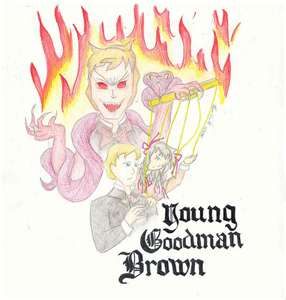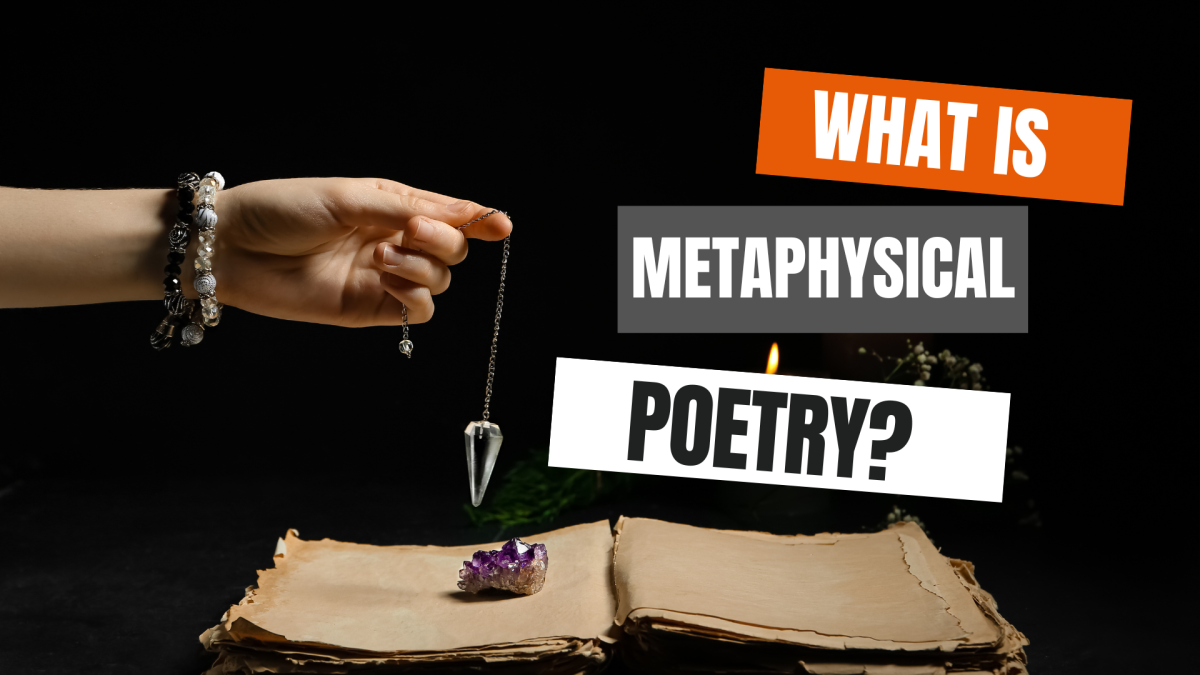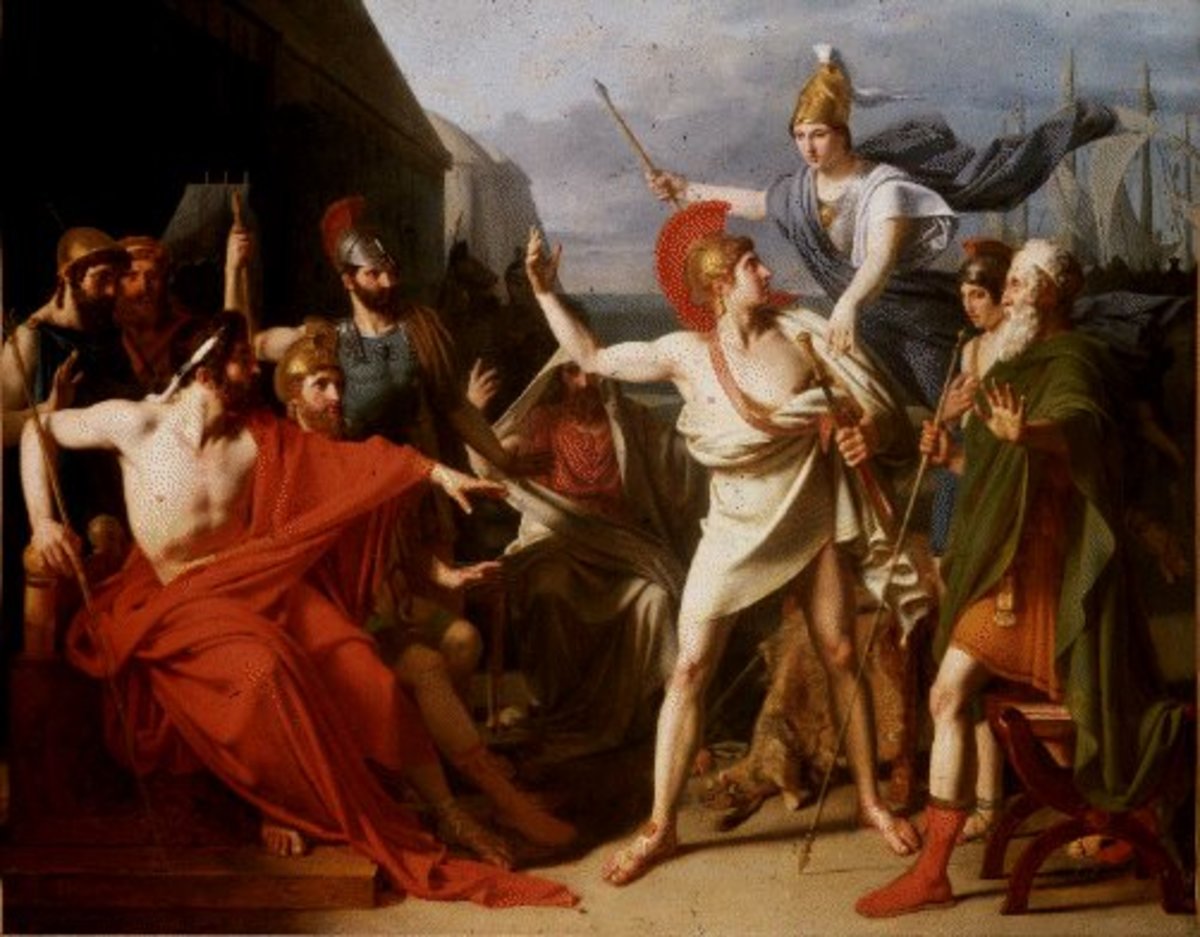Pure Faith

An Allegory Full of Meaning
The story, Young Goodman Brown, by Nathaniel Hawthorne, is an allegory full of symbolic meaning, which can be discovered through the tone, diction, and style Hawthorne uses in developing Faith as the main, round character, and theme of this story, which is constructed as a premonition of absolute confusion consuming the newlywed Goodman Brown. While the action centers around Young Goodman Brown, it is apparent with the presentation of his wife, Faith, in the second paragraph, that she is, in actuality, the main character who was created to suggest a religious theme with an overtone of confused righteousness. It’s obvious to me the two, theme and character, are one and the same in this allegoric story and are, therefore, inseparable.
The first paragraph opens with the introduction of Young Goodman Brown, a common, ordinary man, who “came forth, at sunset, into the street of Salem village”. By introducing Young Goodman Brown as a flat character, Hawthorne reveals his intent of using the setting of the forest, and the locale of Salem in the story to its fullest advantage in the character development of Faith. Why would a man leave his home at sunset, leaving his young wife behind, in Salem? With this question in mind, the second paragraph shows the young wife, Faith, begging her husband to postpone his journey until sunrise, as “A lone woman is troubled with such dreams and such thoughts, that she’s afraid of herself, sometimes.” It is this sentence alone which creates the conflicting use of regionalism, naturalism, and atmosphere. Being the wife of a common, ordinary man in Puritan Salem, what dreams and thoughts could cause her to be afraid of herself? Did she fear the possibility of sexual desires to the point of believing she would harm herself, whether or not it was intentional? Was she troubled by the implications of entertaining the idea her husband was going out to participate in wicked activities? Was she afraid she would corrupt herself by not being able to resist the temptation of participating in the community activities of Witchcraft? If the symbolic use of Faith as the main character is to be believed, the sentence of dreams and thoughts bringing about fears speaks loudly of a religious theme in terms of prophetic dreams, wise proverbs, and promises of the Bible being fulfilled.
While reading the story, I was reminded of the Ghost of Christmas Future, from A Christmas Carol, and the ghost was Young Goodman Brown himself - as an old man. Where Young Goodman Brown is joined on his journey by the second traveller who bore “a considerable resemblance to him”, he blames Faith for his tardiness. Was he speaking of his wife, Faith, his faith in humanity, or his faith in God? Did Faith keep him awake and away from the ominous journey, or, was his faith in God revealing the forest of Salem as a test of his faith? Whichever the case, confusion over Faith, and what’s right, begins with the simple excuse given to an expected companion, who later accepts recognition as “the devil!” from Goody Cloyse, the pious old lady, who had taught Young Goodman Brown his catechism.
Young Goodman Brown in a Silent Film




Is Reproduction an evil act?
When the “shape of old Goodman Brown” finishes reciting the receipt for a witch’s brew, the symbolic use of the locale of the story being in Salem, is not lost. At this point the question of how Young Goodman Brown became the devil, to lead himself, on this journey, comes to mind. What exactly is the purpose of the journey into the forest? Was it a test of Young Goodman Brown’s faith? Was it an initiation ceremony? Or, was it a symbolic act of rebirth for Young Goodman Brown to become the devil? Could it have been all three? I believe it is. When Young Goodman Brown recognizes the voices of the minister and Deacon Gookin, “he looked up to the sky, doubting whether there really was a Heaven above him.” When a voice echoed through the fields and forest, beckoning the converts to step forward, Young Goodman Brown “approached the congregation, with whom he felt a loathful brotherhood, by the sympathy of all that was wicked in his heart”. When Young Goodman Brown calls out to his wife, Faith, “Look up to Heaven, and resist the Wicked one!” he was, in fact, telling her to resist him (as the devil) and what he believed were sinful actions of a sexual nature. He was also tempting his fate, of becoming the devil, by believing he could resist the teachings of those he no longer trusted, and his faith – but, which was the true righteous path? If he followed the leaders of the church, his faith, he would be led to evil. If he accepted his fate, of becoming the devil, he would be turning his back on the church, and his faith. It seemed he couldn’t have one without the other, yet, in Puritan Salem, they were considered to be distinctly separate.
Sexual intimacy was meant only for reproduction, yet being sexually active was evil. If he accepted the sexual act as evil, and followed through with sexual intimacy for reproduction purposes, how could he say he still had faith in the church? It’s his desire for righteousness, his Faith, which causes his confusion regarding the truth about his actions.
Another view is, perhaps, Young Goodman Brown was actually a piece of dramatic Irony if he is seen as a pedophile, one who caused the fair damsels to dig “little graves in the garden” and to invite Goodman Brown, as the devil, as “the sole guest, to an infant’s funeral.” The dramatic Irony would continue in the fact that he, Goodman Brown, acting as the devil or the devil’s advocate, was forcing himself, as Young Goodman Brown, to atone for his sins by acknowledging his own wrongdoing in front of the entire congregation. Then, the elder Goodman Brown could be seen as his conscience leading him to do what’s right, for a change. His ‘Faith’ would then be nothing more than sarcasm.
Who's looking at his tombstone?
The final paragraph continues the idea of Faith as the main character, as the story is admitted to be “a dream of evil omen for young Goodman Brown.” When the congregation was singing a hymn, “he could not listen, because an anthem of sin rushed loudly upon his ear”. When the minister spoke “with power and eloquence”, Goodman Brown turned pale, “lest the roof should thunder down upon the gray blasphemer and his hearers”. When he woke at midnight, as he did often, “he shrank from the bosom of Faith”. During family prayer he scowled and “gazed sternly at his wife, and turned away.” What happened to his faith? Did Goodman Brown still have faith in the church? Did he still have faith in humanity? His wife, Faith, was still there, but his faith in God and man had been tested beyond what he anticipated the night he had stepped out and asked his wife, “dost thou doubt me already, and we but three months married?”
The final sentence speaks of a funeral procession where his wife, Faith, his children and grandchildren, and neighbors, follow his corpse to the gravesite where his tombstone is found with “no hopeful verse” upon it. Was it a case of no suitable Bible verses found, so the tombstone was left blank? Was there a less than honorable verse carved into the tombstone? Or, was there a curse carved into the surface of the tombstone? The answer lies within your own personal understanding of Young Goodman Brown, what his journey into the forest was all about, and whether he maintained his Faith in righteousness, or if the other inhabitants of Puritan Salem were actually the righteous ones. As for me, I believe it to be all three – depending on who’s looking at the tombstone.
© 2011 Rafini









